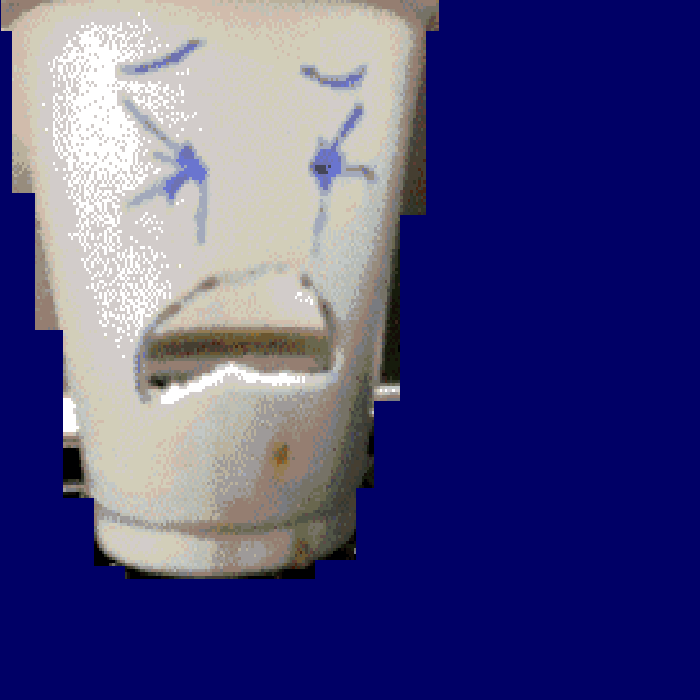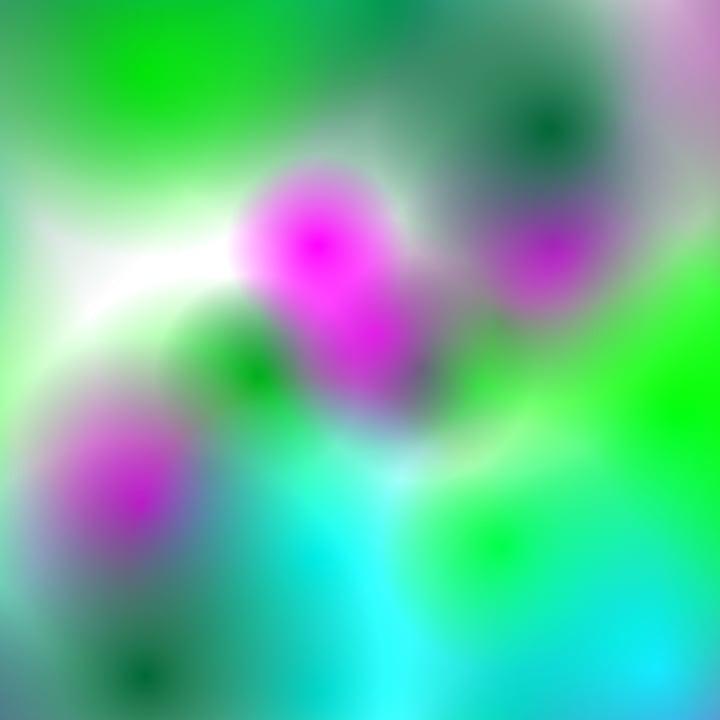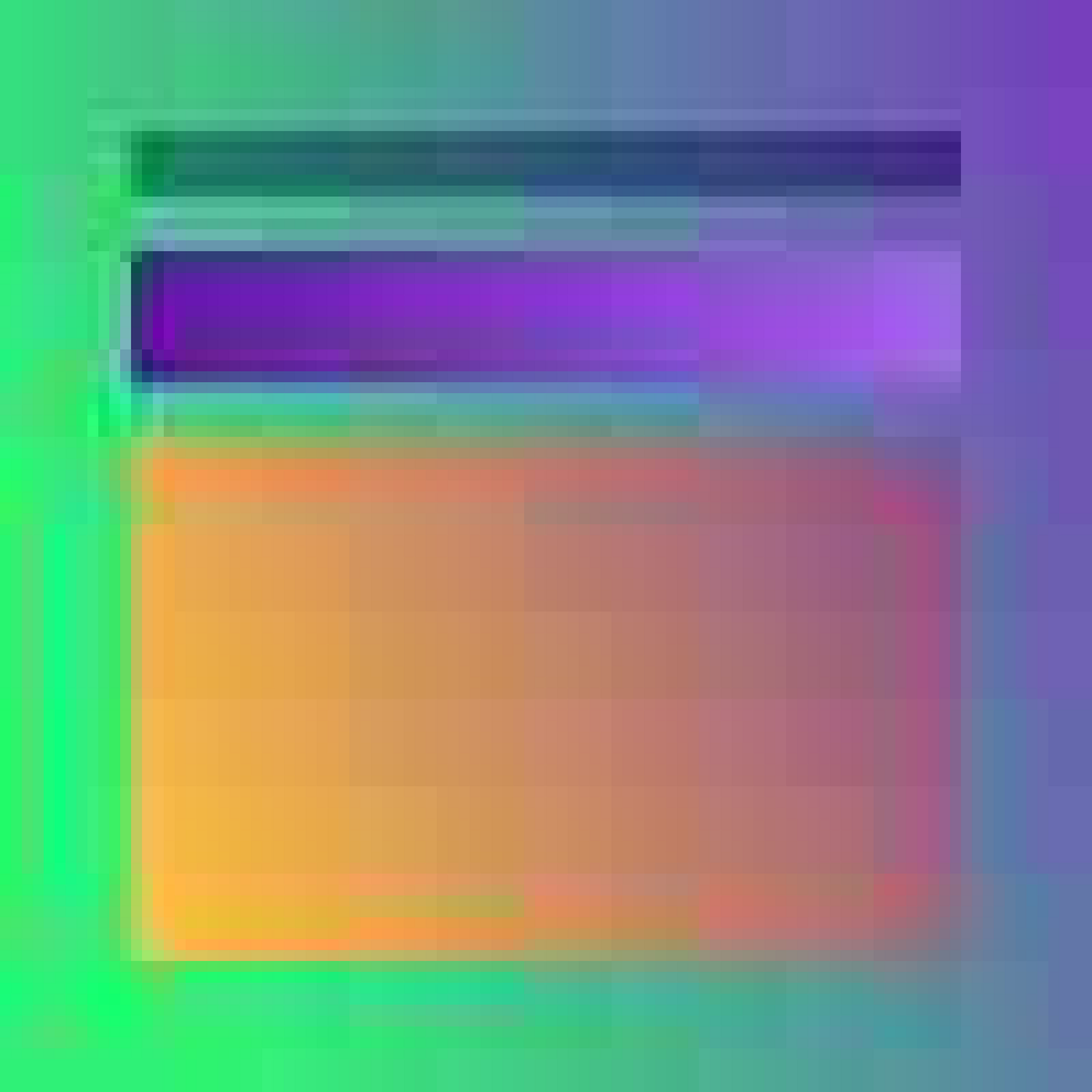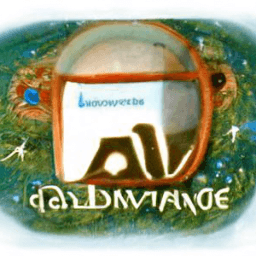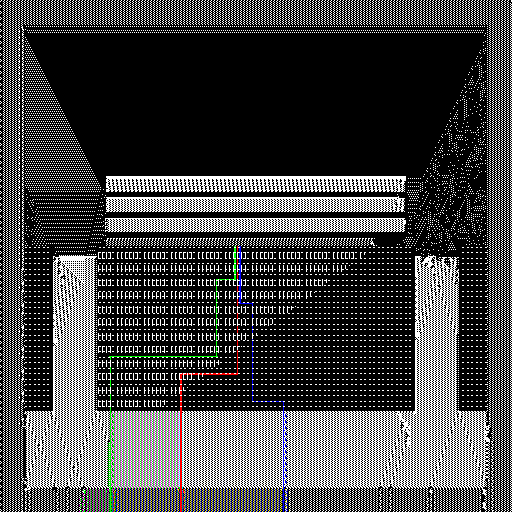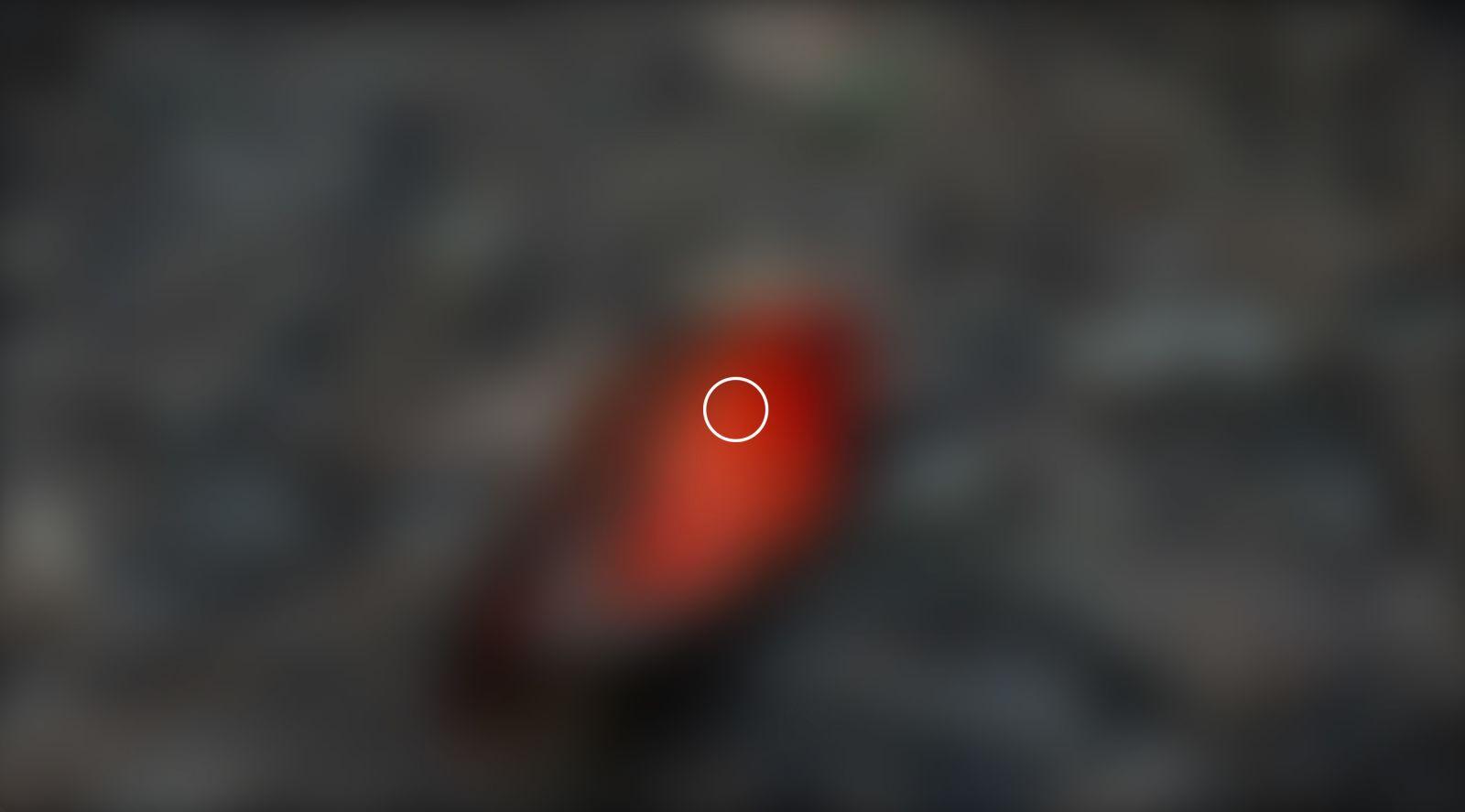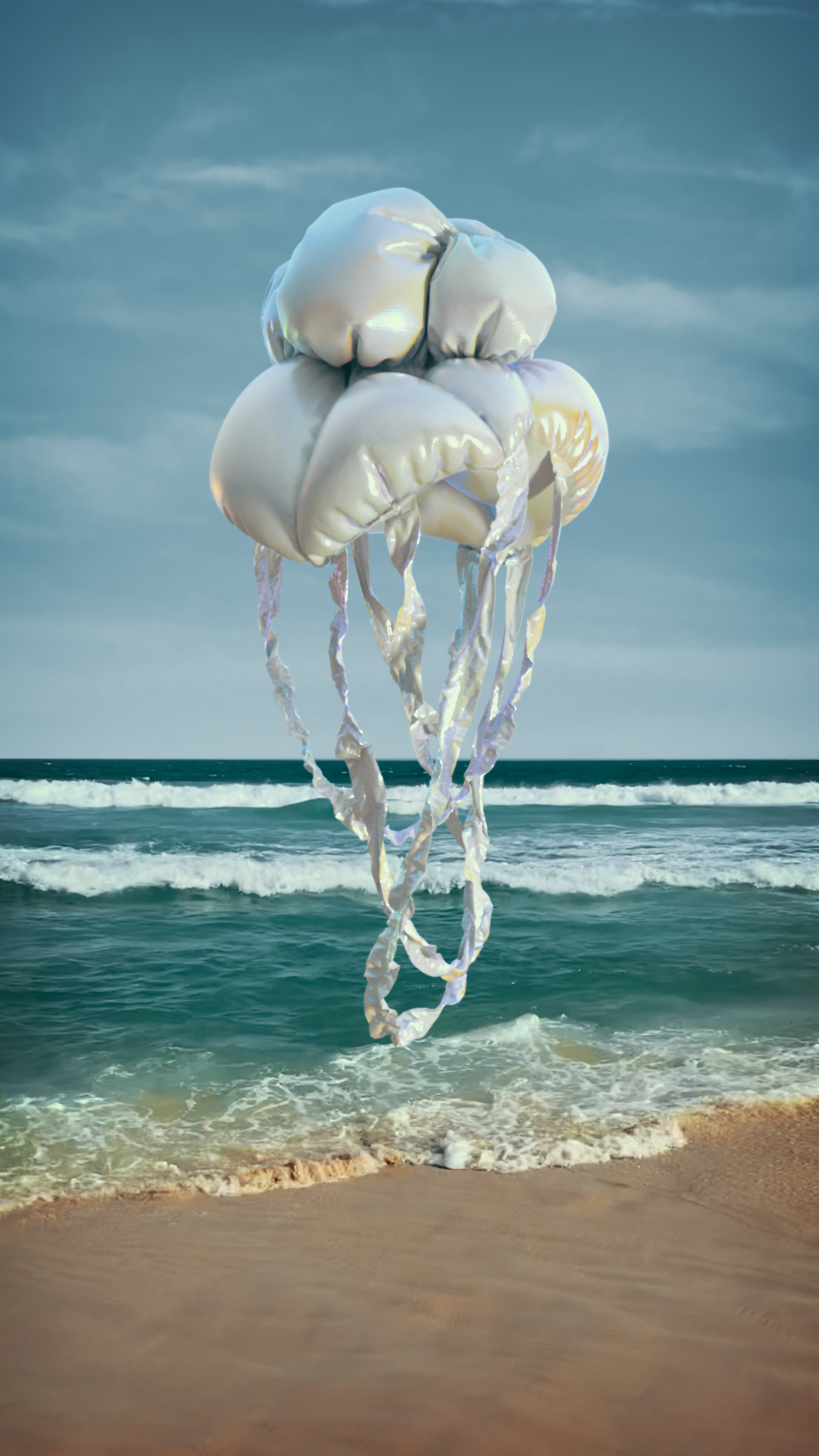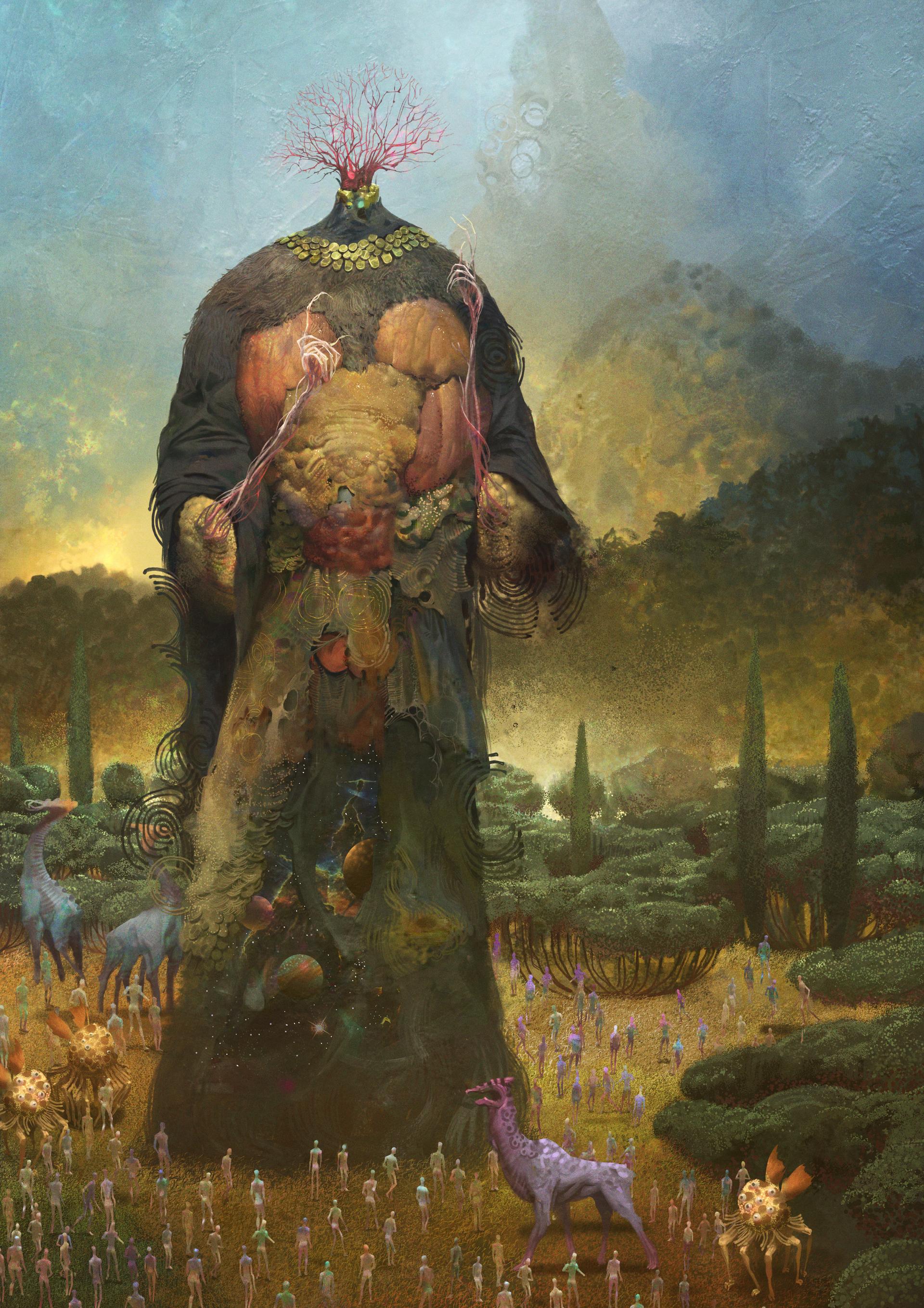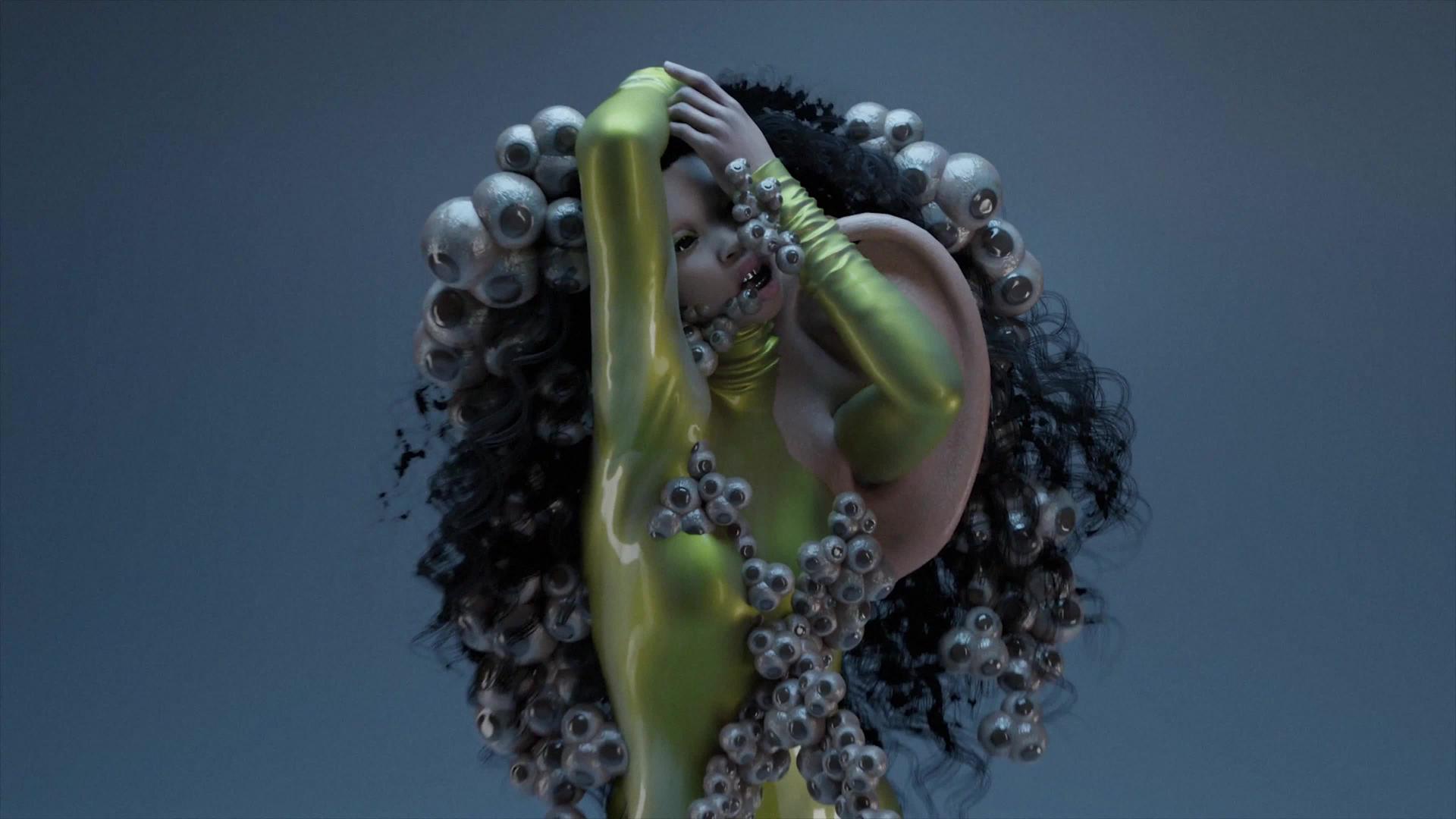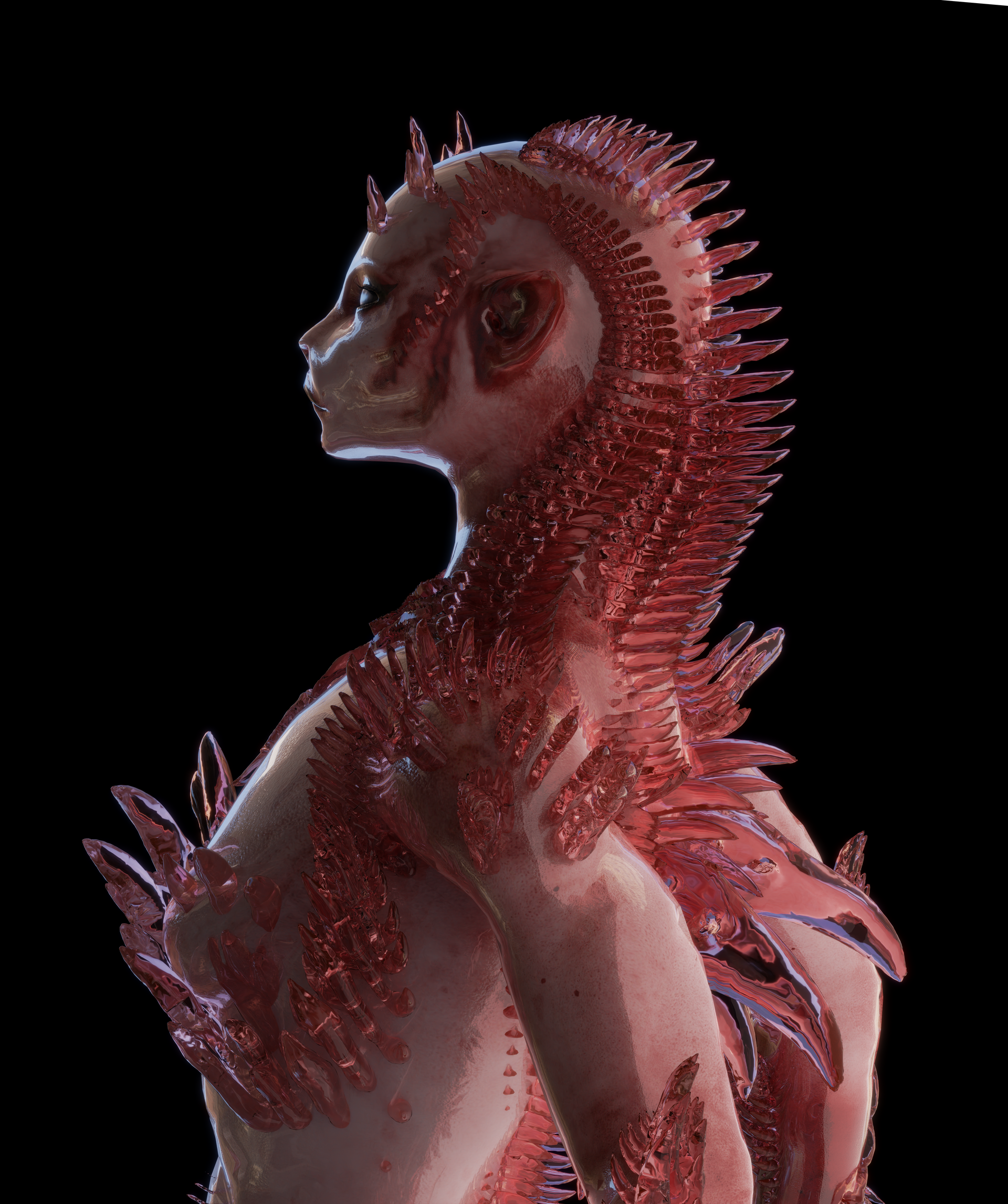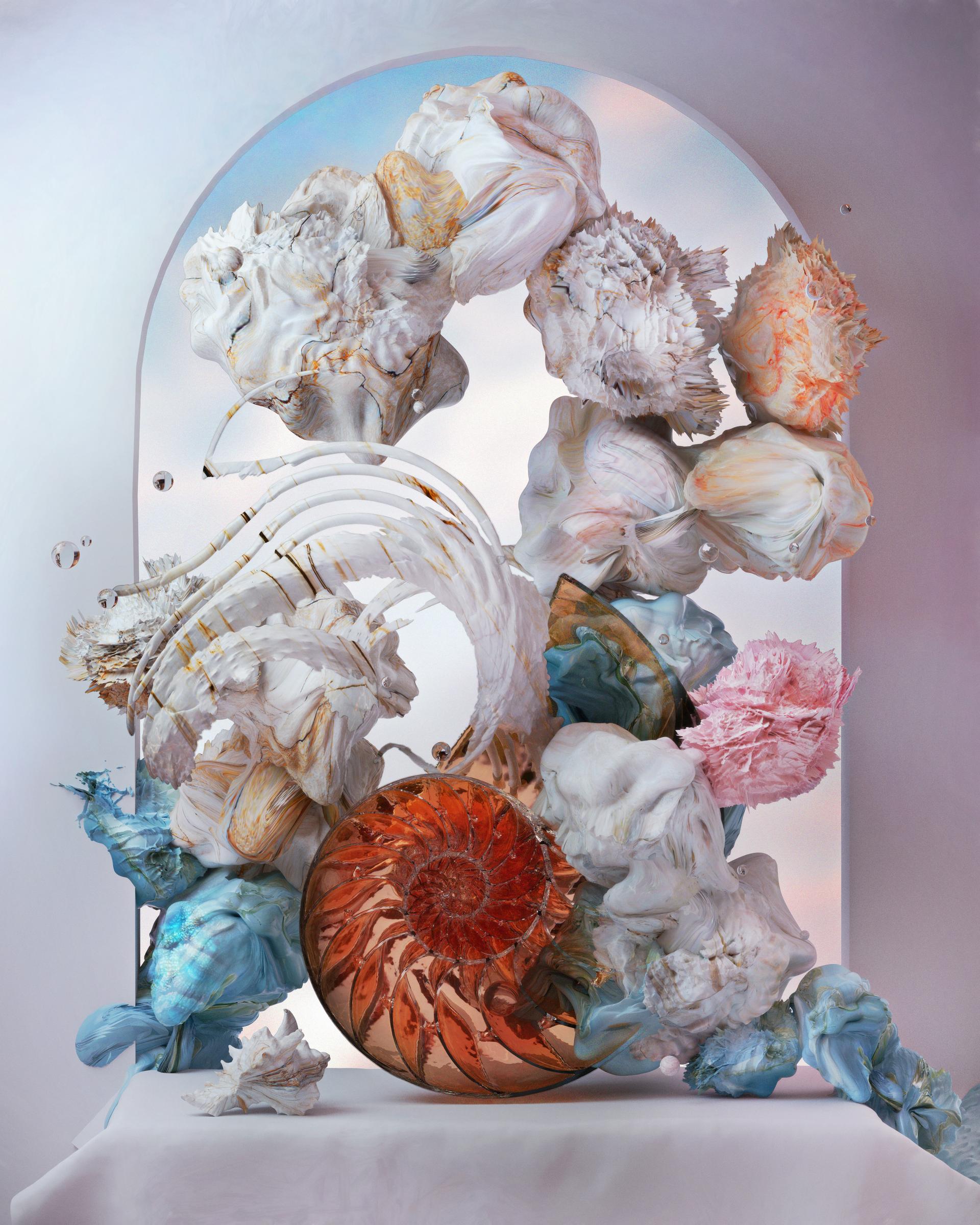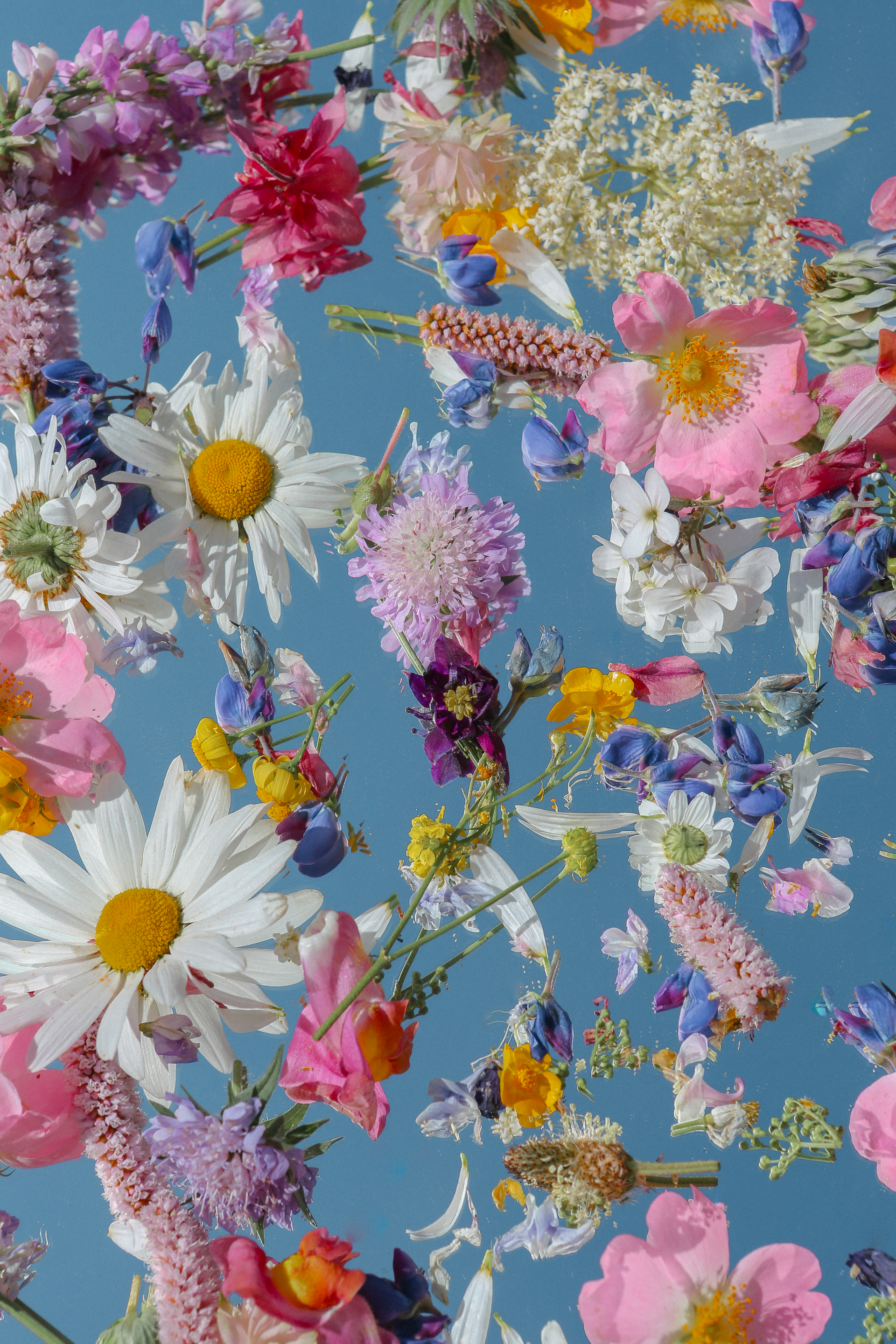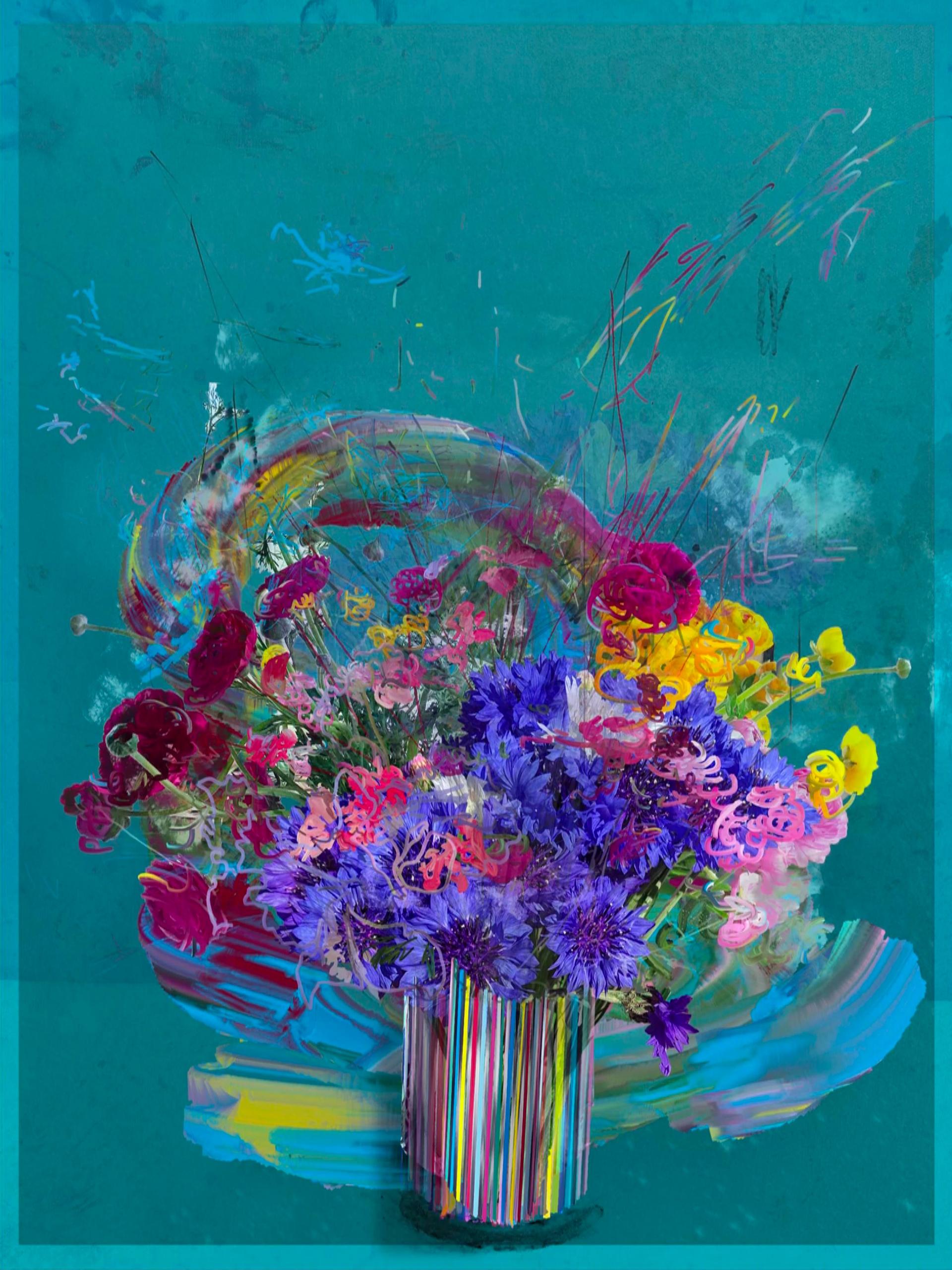In her essay on the “poor image,” Hito Steyerl argues that a class system hierarchy of images exists in visual culture, where high-resolution “rich” images exist in opposition to low-resolution and degraded “poor” images. “The poor image is a copy in motion,” she writes, “...distributed for free, squeezed through slow digital connections, compressed, reproduced, ripped, remixed…” But where does the poor image exist in art NFTs? Is it possible for an art NFT to be classed as such?
An art NFT is not a copy; its originality—its one-off nature— is not distributed for free, and is not crammed through slow connections. It might be remixed (through generate-based networks to create multiples of similar images) or ripped (Ctrl-Shift-V), but an NFT’s inherent nature requires it to exist within blockchain-based tokens that each represent a unique asset. NFTs in general are not poor, lossy or continual copies; their non-fungibility does not allow for exchange. They are an irreversible digital certificate of ownership, and their authenticity and lineage is always transparent.
The poor image “transforms quality into accessibility, exhibition value into cult value, films into clips, contemplation into distraction.” An art NFT does much the same, translating the quality of a physical commodity into accessible (sometimes) cheaper commodities. They turn exhibition value into cult status with PFPs and a sense of higher social status in being seen to own something of speculative high value; they are sometimes GIFs, clips of a larger work or a meme remixed and redubbed; and in some circles, they have become a distraction from an original intent of art NFTs to provide digital artists with a new market to sell work, receive royalties, and disrupt the traditional art market, creating new communities of collectors and giving artists more access to their fans and buyers. (This is, of course, only referring to a specific type of art NFT, and not a universality that all art NFTs share; some are more based on functionality and many art NFTs are not related to art at all.)
Where does the poor image debate leave GAN creations, text-to-image, NLPs? Can we bracket these with the poor image because they are often more low-res, generated, and distributed? Is the clarity of an image becoming less important when it is surpassed by computational algorithmic output? The “poor” in the poor image is no longer necessarily related to its resolution.
If we consider how contemporary culture has adopted the memeified, low-resolution, low culture image as cult, then we can say that the high-resolution, slickly rendered, glossy image is in opposition. Left to those in the more commercial, more streamlined 9-5 of product-to-consumer turnarounds, is the high-res image a sell-out of surface-level engagement with a subject, the basic bitch of non-conceptual output?
Outside of the art world, some millennials are celebrating the return to “poor media” of the 1990s and 2000s—disposable Kodaks, letter writing, digital detoxes, and life-hacking (the newer make-do-and-mend)—feeling nostalgic for a time they never encountered. The irony is that the fastidious proliferation of these trends becomes widespread by the very tool they’re shunning, Web3. The nature of this nostalgic plight being correlated to the impossibility “to grow up in today's economy” feels somewhat coupled to the rise in emerging artists experimenting with NFTs to regain agency in how they create a sustainable living from their work.
This selection of NFTs elevates works that defy more commercial trends in NFT art (of enhanced realism, slick renders, and imitation) to foreground the necessity of including low-res, computationally generative, and non-fixed format in the mix.
1 Steyerl, H. (2009). In Defense of the Poor Image - Journal #10 November 2009 - e-flux. [online] E-flux.com. Available at: https://www.e-flux.com/journal/10/61362/in-defense-of-the-poor-image/.
2 Thanks to Dane Sutherland for pointing this out <3
3 Hoffower, H. (2022). Gen Z brought the ’90s back because it feels impossible to grow up in today’s economy. [online] Business Insider. Available at:
In her essay on the “poor image,” Hito Steyerl argues that a class system hierarchy of images exists in visual culture, where high-resolution “rich” images exist in opposition to low-resolution and degraded “poor” images. “The poor image is a copy in motion,” she writes, “...distributed for free, squeezed through slow digital connections, compressed, reproduced, ripped, remixed…” But where does the poor image exist in art NFTs? Is it possible for an art NFT to be classed as such?
An art NFT is not a copy; its originality—its one-off nature— is not distributed for free, and is not crammed through slow connections. It might be remixed (through generate-based networks to create multiples of similar images) or ripped (Ctrl-Shift-V), but an NFT’s inherent nature requires it to exist within blockchain-based tokens that each represent a unique asset. NFTs in general are not poor, lossy or continual copies; their non-fungibility does not allow for exchange. They are an irreversible digital certificate of ownership, and their authenticity and lineage is always transparent.
The poor image “transforms quality into accessibility, exhibition value into cult value, films into clips, contemplation into distraction.” An art NFT does much the same, translating the quality of a physical commodity into accessible (sometimes) cheaper commodities. They turn exhibition value into cult status with PFPs and a sense of higher social status in being seen to own something of speculative high value; they are sometimes GIFs, clips of a larger work or a meme remixed and redubbed; and in some circles, they have become a distraction from an original intent of art NFTs to provide digital artists with a new market to sell work, receive royalties, and disrupt the traditional art market, creating new communities of collectors and giving artists more access to their fans and buyers. (This is, of course, only referring to a specific type of art NFT, and not a universality that all art NFTs share; some are more based on functionality and many art NFTs are not related to art at all.)
Where does the poor image debate leave GAN creations, text-to-image, NLPs? Can we bracket these with the poor image because they are often more low-res, generated, and distributed? Is the clarity of an image becoming less important when it is surpassed by computational algorithmic output? The “poor” in the poor image is no longer necessarily related to its resolution.
If we consider how contemporary culture has adopted the memeified, low-resolution, low culture image as cult, then we can say that the high-resolution, slickly rendered, glossy image is in opposition. Left to those in the more commercial, more streamlined 9-5 of product-to-consumer turnarounds, is the high-res image a sell-out of surface-level engagement with a subject, the basic bitch of non-conceptual output?
Outside of the art world, some millennials are celebrating the return to “poor media” of the 1990s and 2000s—disposable Kodaks, letter writing, digital detoxes, and life-hacking (the newer make-do-and-mend)—feeling nostalgic for a time they never encountered. The irony is that the fastidious proliferation of these trends becomes widespread by the very tool they’re shunning, Web3. The nature of this nostalgic plight being correlated to the impossibility “to grow up in today's economy” feels somewhat coupled to the rise in emerging artists experimenting with NFTs to regain agency in how they create a sustainable living from their work.
This selection of NFTs elevates works that defy more commercial trends in NFT art (of enhanced realism, slick renders, and imitation) to foreground the necessity of including low-res, computationally generative, and non-fixed format in the mix.
1 Steyerl, H. (2009). In Defense of the Poor Image - Journal #10 November 2009 - e-flux. [online] E-flux.com. Available at: https://www.e-flux.com/journal/10/61362/in-defense-of-the-poor-image/.
2 Thanks to Dane Sutherland for pointing this out <3
3 Hoffower, H. (2022). Gen Z brought the ’90s back because it feels impossible to grow up in today’s economy. [online] Business Insider. Available at:
